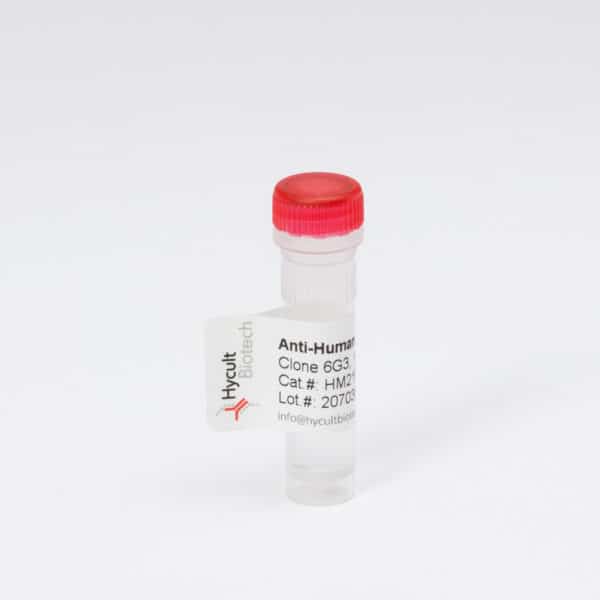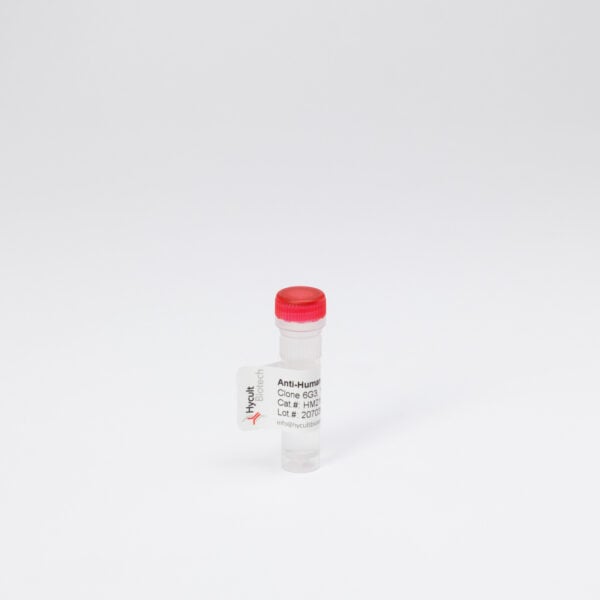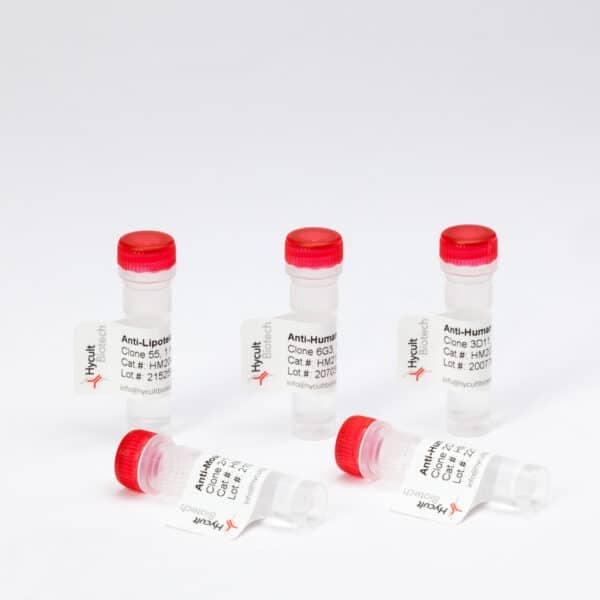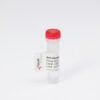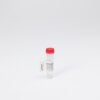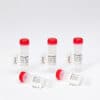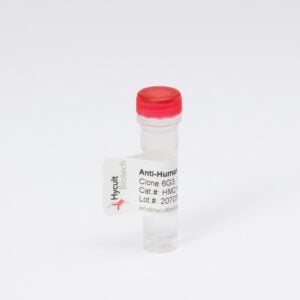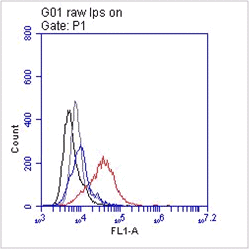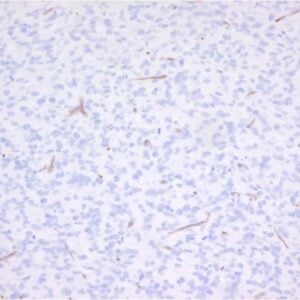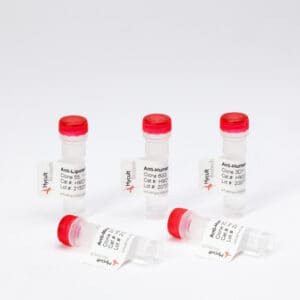VAP-1, Human, mAb 174-5
€133.00 – €565.00
The monoclonal antibody 174-5 binds to Vascular Adhesion Protein-1 (VAP-1), a glycosylated homodimeric membrane protein. It consists of two 90 kDa subunits linked by disulfide bonds. VAP-1 has a short N-terminal cytoplasmic tail, a transmembrane domain, and a large extracellular region. A soluble form, sVAP-1, forms when proteolytic enzymes cleave membrane-bound VAP-1.
VAP-1 functions as a semicarbazide-sensitive amine oxidase (SSAO) with copper as a cofactor. It deaminates primary amines, producing hydrogen peroxide, aldehydes, and ammonia. These byproducts play key roles in inflammation, immune cell migration, and metabolism.
VAP-1 is found in endothelial cells, smooth muscle cells, adipocytes, and follicular dendritic cells. In endothelial cells, it remains stored in intracellular granules until inflammation triggers its surface expression. At the cell surface, VAP-1 regulates leukocyte infiltration into tissues. Its enzymatic byproducts signal immune cells, influence metabolism, and contribute to vascular damage.
High sVAP-1 levels are linked to inflammatory diseases, colorectal cancer, and metabolic disorders. Reduced insulin secretion increases sVAP-1 in plasma, suggesting its role as a biomarker and therapeutic target.
Monoclonal antibody 174-5 cross-reacts with rat VAP-1 and inhibits lymphocyte infiltration in rat liver allograft rejection models. Researchers use it to study VAP-1’s role in inflammation, immune regulation, and vascular disease.
IHC-F:- Tissue sections were fixed in acetonebefore staining with 174-5. As positive control anti-VAP-1 mAb 2D10 was used and as negative control an isotype matched irrelevant mAb. (Ref.1).
FS: Antibody 174-5 inhibits lymphocyte infiltration in liver allograft rejection. . The antibody was administered intravenously at a concentration of 2 mg/kg. A irrelevant isotype-matched antibody served as a negative control. (Ref.1).
